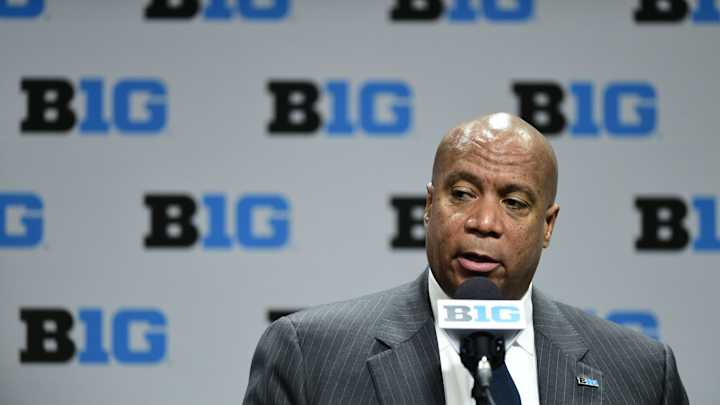Sources: Health Concerns, Costs Combined in Decisions to Cancel Season

The Big-10 and Pac-12 conferences recently made the decisions to cancel their fall sports season, citing medical concerns for the health and safety of their athletes as the reason for the move. There's little doubt that those concerns are valid and real, and no one should fault those league leaders for this move.
However, according to coaches on both the Division I and Division II levels who spoke with Commodore Country under the condition of anonymity, there were other contributing factors in these moves.
"Word on the street is the cost of tests is causing the conferences to cancel. Right now, it's $79.00 a test, and the NCAA requires tests for everyone 72 hours ahead of contests," said one coach. "That's the cheapest."
While most of the debate centers around contact sports, and in particular football, the testing requirements of the NCAA extend to all sports, both men and women, meaning that there would be perhaps as many as 500 tests per week.
Those figures would mean that athletic departments would be on the hook for roughly $39,500 in test costs each week, which would mean $395,000 just for the first ten weeks.
"Granted, those numbers of athletes might differ from school to school depending on the number of sports offered and the numbers of participants, but that's a pretty good average," according to one coach.
"The CDC (Center for Disease Control) hasn't approved the saliva test yet. That's what colleges were looking for because it's cheaper." according to a Division-II coach who spoke with Commodore Country.
"Yes, that's why I wanted to share, because I don't think they are sharing the true medical reasons. I think it's the cost of testing that's shutting it all down."
Both coaches agree that cost is part of the equation when it comes to the shutdown.
"Absolutely cost is part of it because we've already seen schools like Stanford, who has more money than most dumping non-revenue producing sports. The player's health is certainly important to them, but it's also about their bottom lines, but they stop short of saying that because of the optics involved."
Everyone sees the crazy amount of revenue these conferences get from football through televisions packages and their networks, and that's true. Still, when you spread those dollars across all sports who aren't self-sufficient, you can burn through it pretty quickly. Athletic directors can't have their programs coming up with a deficit if they want to stay employed long term."
There's no doubt that the health and safety of players and the unknown potential long-term impacts on their health were a significant factor. Still, it seems that, like most things, the financial bottom line was a close second in the causation of the cancelations.
Follow Greg on Twitter @GregAriasSports and @SIVanderbilt or Facebook at Vanderbilt Commodores-Maven

A 29 year veteran of radio in the Middle Tennessee area and 16 years in digital and internet media having covered the Tennessee Titans for Scout Media and TitanInsider.com before joining the Sports Illustrated family of networks.